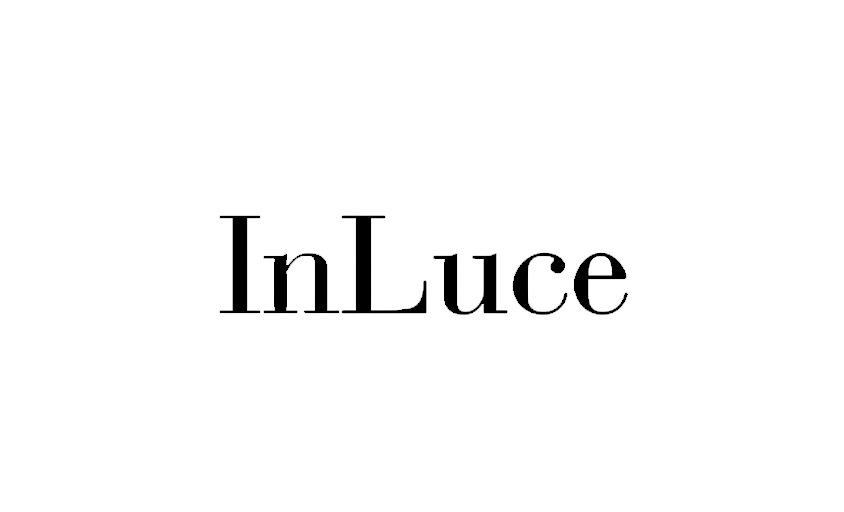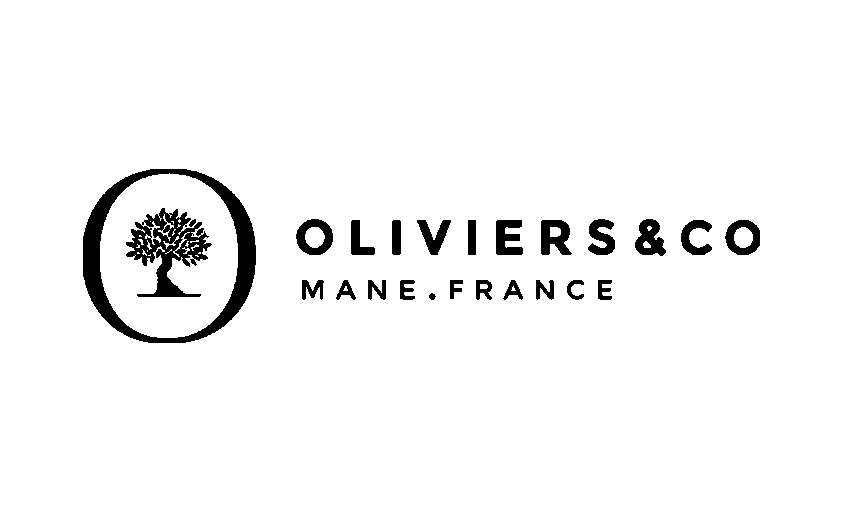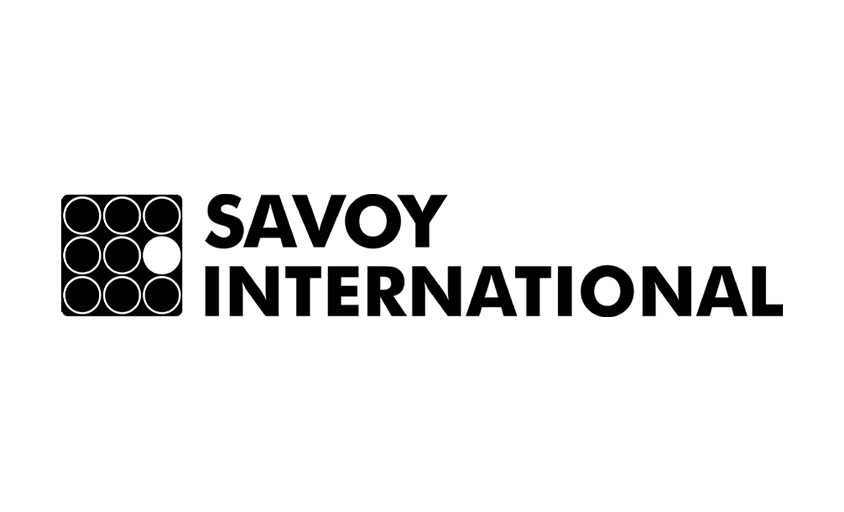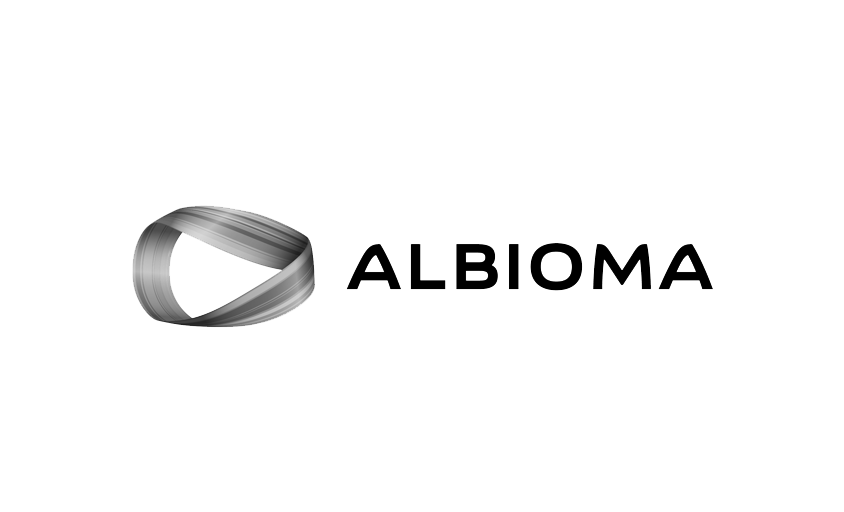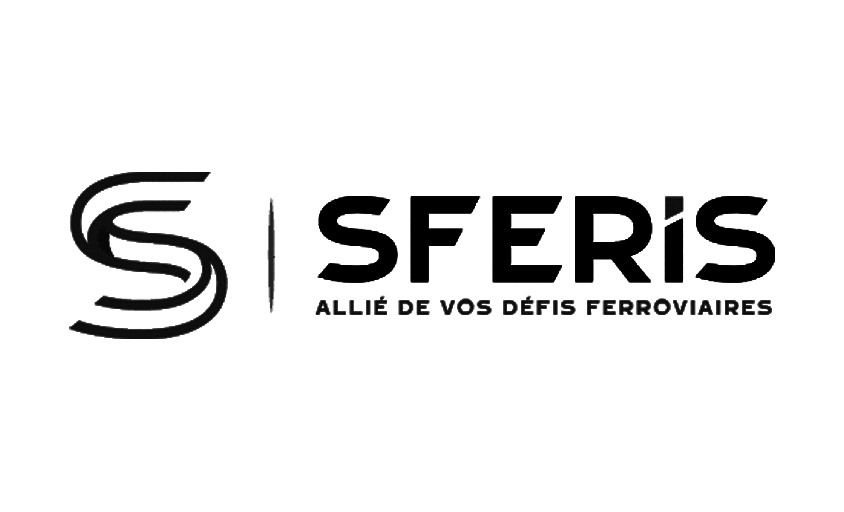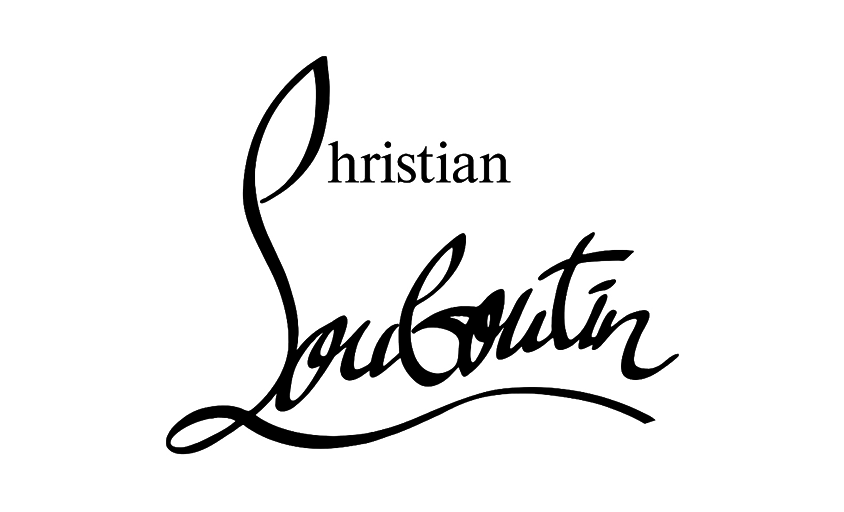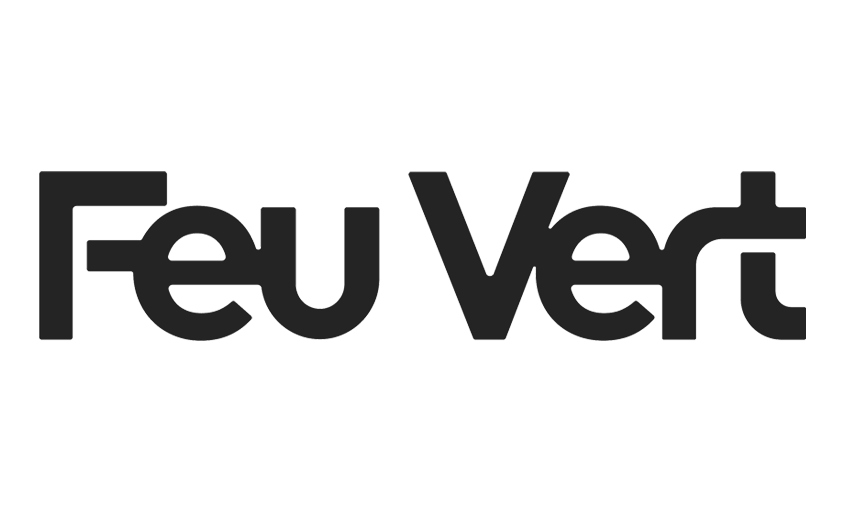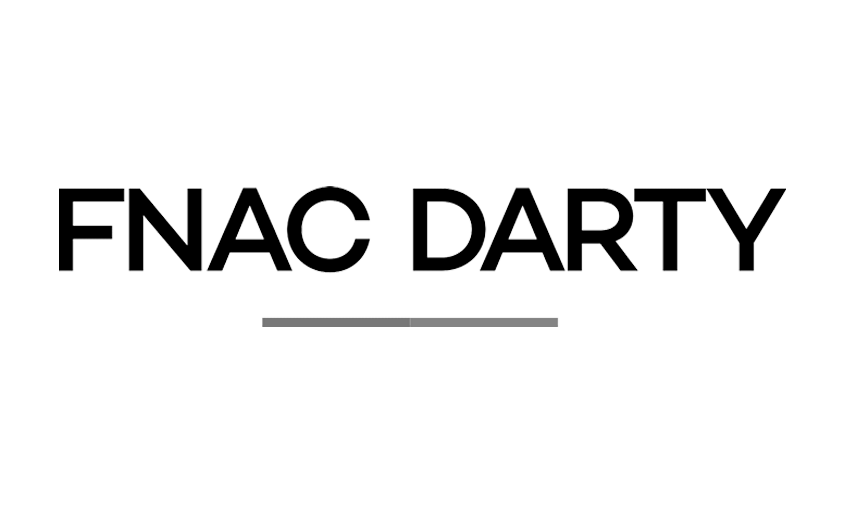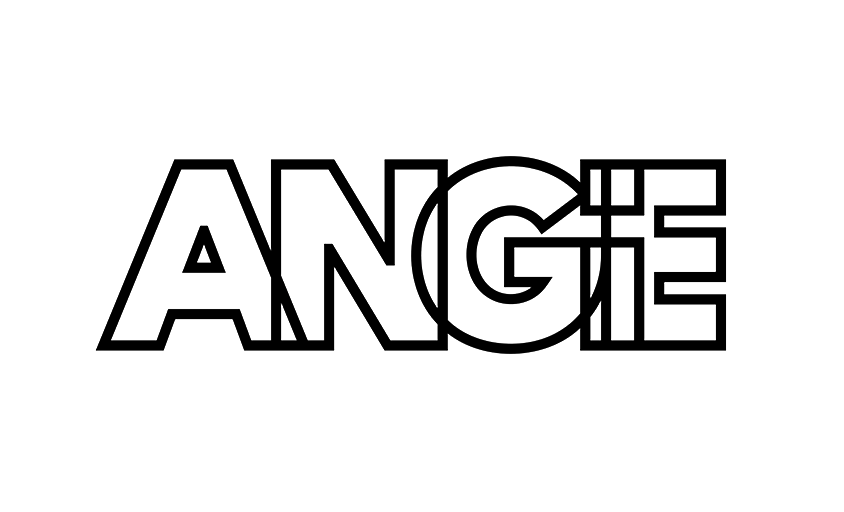Jewelry Photography: Tips and Mistakes to Avoid
In this article :
Photographing jewelry is not just a “small-scale” subject. It’s a challenge that is technical, aesthetic, and logistical all at once. Between metallic gleams, translucent stones, and tiny dimensions, everything is complex, it’s a high-end product. The slightest flaw becomes visible. Light can betray as much as it reveals. And the final customer’s eye is often unforgiving. It’s precisely this level of demand that makes jewelry photography so unique.
Jewelry: a subject in its own right
A tiny subject, maximum requirements
In product photography, size doesn’t necessarily relate to difficulty. A piece of jewelry fits in your hand but often requires more precision than furniture or a perfume bottle. Why? Because the goal is to capture material subtleties: the grain of leather, the polish of metal, the sparkle of a sapphire. The slightest dust looks like a crater. Too shallow a depth of field blurs the jewelry where it should shine. A poorly placed reflection turns gold into plastic.
Controlling the light… or letting it slip away
Metal and stones are the two most complex materials to light. They react unpredictably to light: a slightly shifted angle and an entire gleam disappears. Direct light is often too harsh; diffuse light too flat. You have to juggle with sources, shapes, diffusers… and sometimes even create shadows deliberately to reveal volume.
Showing the jewelry without betraying it
A good jewelry photo doesn’t try to artificially beautify but to elevate reality. It must convey the sense of quality you’d experience in a boutique: a luminous, sharp, tangible piece. Over-retouched, it becomes suspicious. Too raw, it loses its allure. The right visual balance comes from controlled lighting, careful framing, and rigorous post-production.
What brands really expect
For a jewelry brand or designer, photography isn’t just documentation, it’s a sales argument. It must:
- Inspire confidence in the quality of the jewelry,
- Highlight the finesse of the craftsmanship,
- Reflect the brand’s universe (minimalism, tradition, innovation…),
- Be usable across multiple contexts (product pages, banners, social media, print).
That’s why a jewelry shoot is never improvised. It must be conceived as a marketing tool as much as an image creation. And this process begins long before pressing the shutter.
Before the shoot
Jewelry photography doesn’t start when the lights are set up. It begins much earlier, during a meticulous preparation phase. Anything not anticipated at this stage will show up in the photos… or cost a lot to fix in post-production.
Cleaning
A clean piece of jewelry isn’t just “visually clean.” It must be spotless. At this scale, a speck of dust becomes a graphic element. A fingerprint breaks beautiful lighting. A tiny flaw diminishes the value of the jewelry. Before the shoot:
- Handle jewelry with cotton gloves,
- Use microfiber cloths to remove every trace,
- Gently brush the crevices,
- Have a can of compressed air ready to dislodge dust invisible to the naked eye.
Studio tip: even if the jewelry “looks clean,” always go through this ritual. Retouching is not there to fix everything.
Selection and tracking of pieces
When multiple pieces of jewelry must be photographed, the shoot must be organized like a micro-logistics operation:
- Identify priority pieces (packshots, mood visuals, hero products…),
- Check that sizes are consistent if shooting a series,
- Note product references and required angles to avoid omissions.
This helps create a clear roadmap that will guide the team throughout the shoot.
Preparing supports and accessories
Unlike clothing or bulky objects, jewelry needs a discreet or invisible support. It must appear to stand “by magic” or rest naturally. Several solutions exist depending on the desired style:
- Transparent acrylic supports,
- Adhesive putty or nylon thread to hold the object in place,
- Black or white plexiglass backgrounds for a mirror effect,
- Minimalist set design (rocks, fabrics, raw elements…).
For designers or small brands: shooting on a white background is not always the best solution. Sometimes, a textured background or ambient lighting adds perceived value.
Creative brief and technical constraints
Even in an artisanal context, intentions must be formalized. A good brief includes:
- Framing the purpose of the images (e-commerce? campaign? press?),
- Visual references (mood, lighting, packshot style…),
- Delivery constraints (format, resolution, social media versions, etc.),
- Expected format: horizontal, vertical, square, specific ratio…
And if you work with a photographer or studio, this brief will serve as the working basis to ensure a result faithful to your vision or that of your brand.
The Shoot
Jewelry is a technical object to photograph. It captures light, reflects it, distorts it. You must therefore perfectly control the lighting environment while choosing the right settings and angles. Here’s what you need to know.
What equipment to use?
No need for a military arsenal, but some tools are essential if you aim for a professional result.
- Camera: a DSLR or mirrorless with an APS-C or full-frame sensor, capable of shooting in RAW.
- Macro lens: ideally a 100mm (or 60mm on APS-C), to capture fine details without distortion.
- Tripod: mandatory to keep the image sharp, especially with a shallow depth of field.
- Remote shutter release or timer: to avoid any vibration during the shot.
- Continuous lights or flashes with diffusers: lighting is key in jewelry photography.
A smartphone is not enough, even a high-end one, except for occasional use in very good light. For e-commerce or advertising purposes, it cannot replace the precision of a dedicated camera sensor and a macro lens.
Lighting
Jewelry surfaces are complex: metallic, shiny, sometimes transparent or set with stones. The light must:
- Reveal volumes,
- Avoid unwanted reflections,
- Prevent overexposing highlights,
- Bring out details without flattening the metal.
Some classic techniques:
- Lightbox: to diffuse soft, even light all around the jewelry.
- Reflectors and diffusers: to shape the light, soften shadows, control highlights.
- Matte solid background (white, gray, black): depending on the desired effect. White is standard for e-commerce, but black delivers a very appreciated luxury look.
- Side + top lighting: often used to avoid direct reflections on shiny surfaces.
Beware of photographer or lens reflections in polished jewelry (notably rings, watches, or pendants). Sometimes you need to cover your own reflection with black fabric or reposition the lighting.
Essential settings for sharpness and color accuracy
- ISO as low as possible (100 or 200) to avoid noise.
- Medium to small aperture (f/8 to f/16) for good depth of field, especially if the jewelry is elongated.
- Shutter speed adjusted to the light (hence the importance of the tripod).
- Manual white balance: to maintain color fidelity, especially on gold, silver, or stones.
- Manual focus (focus peaking or zoom in the viewfinder): for maximum precision.
Preparing a Jewelry Photoshoot
Jewelry photography is not something you improvise. Even before the first shot, a meticulous preparation phase is essential. This is when a large part of the project’s success is decided.
1) Anticipating Technical and Aesthetic Constraints
Every piece of jewelry is unique. Its material, size, style, and function (solitaire, set, watch, etc.) dictate precise technical choices.
To anticipate before the shoot:
-
- The support: jewelry on a white background, on a hand mannequin, on plexiglass, suspended? Depending on the final use.
- Reflections: how to control them? What lighting angles to avoid unwanted glare?
- Desired effects: subtle reflections, strong shine, matte finish? These choices must be validated beforehand with the client or art director.
- Pre-identifying the jewelry (or having a detailed product sheet with visuals) saves a lot of time on the shoot day.
2) Communicating with the Client about Visual Expectations
A successful session starts with a clear brief. It’s not enough to know “which jewelry to photograph”; you must understand:
-
- The use of the visuals (e-commerce site, press, high-end print, advertising campaign…),
- The target audience (B2B, general public, luxury),
- The desired level of realism (technical packshot or editorial mood?),
- Time, format, and series constraints.
This discussion also allows addressing an essential but often overlooked point: rights transfer. In jewelry photography, images are commercial tools. The photographer and/or studio must clarify from the quote stage:
-
- Who owns the images,
- What usages are included (print, web, duration, territories),
- Costs associated with extended rights.
This transparency protects both parties and avoids any long-term legal confusion.
3) Organizing the Production Workflow
In a jewelry shoot, every detail counts. The photographer must anticipate a smooth and rigorous workflow, especially if multiple references are to be shot.
Our best practices at Rétines:
-
- Clear labeling of jewelry, with an associated sheet for styling or angles to cover,
- Shooting tethered to a computer for immediate control and live validation with the client,
- Progressive selection during the shoot to avoid duplicates and unnecessary retakes,
- Regular backups from the moment of capture, to never risk data loss.
A good jewelry shoot also means knowing when to stop. If it takes 20 minutes to perfectly position a ring or 3 tries to eliminate a distracting reflection, that’s part of the process. Precision takes precedence over speed.
Conclusion
Jewelry photography is a discipline in its own right, where technical skill, precision, and attention to detail are inseparable. It requires specific equipment, lighting know-how, a trained eye, and mastered post-production. But beyond technical skills, it’s also a work of listening, preparation, and adaptation.
At Rétines, we approach each jewelry shoot as a tailor-made mission: understanding the brand’s universe, revealing the uniqueness of the pieces, and delivering images that don’t cheat but captivate.
Are you a jeweler, artisan, creator, or distributor? Let’s talk. We will put our expertise at the service of your collection, turning each piece into a memorable image.
Jérémy Carlo is the editorial director at Rétines, where he ensures the consistency and clarity of all content produced by the studio.
Our Clients
Let’s discuss
What we do for you at Rétines
Meticulous work, an organised project and fast delivery. And to achieve this, we mobilise the right resources in our teams at the right time.
01
Pre-production
Artistic and technical direction tailored to the project.
Relevant recommendations on content, form and resources.
02
Photo Shooting
Photos taken by our experienced photographers.
Production that’s controlled, efficient and tailored to the needs of the project, with nothing superfluous.
03
Retouching
Technique
Photographs magnified by our retouching team.
Post-production to meet the commercial challenges of the brief.

